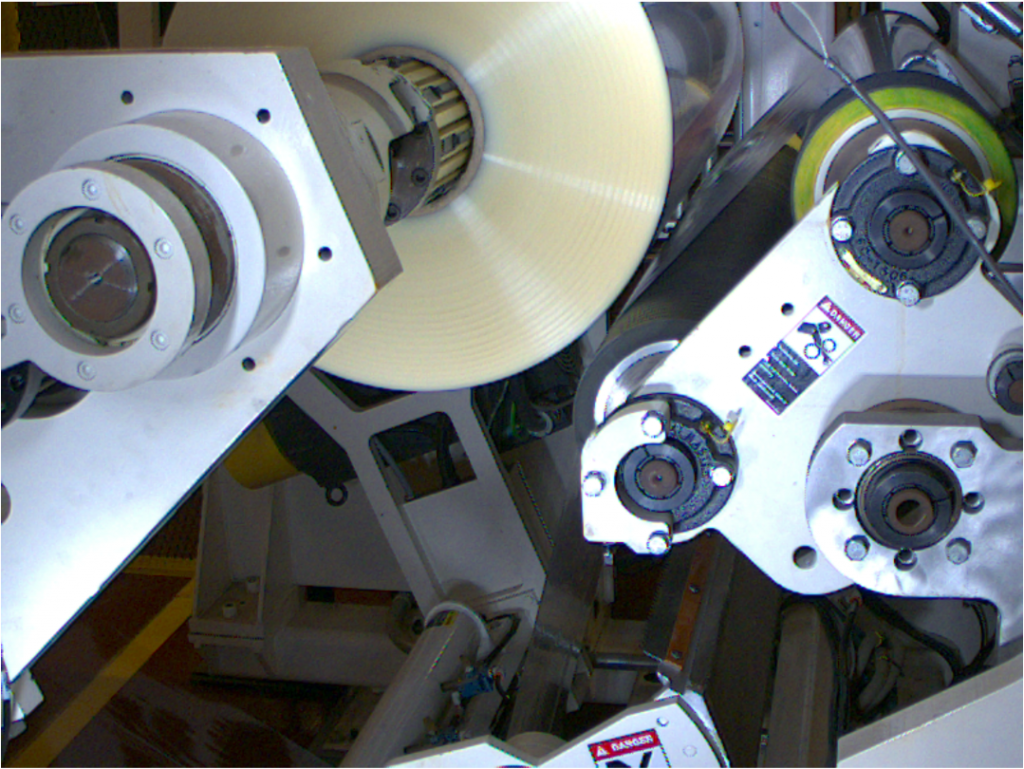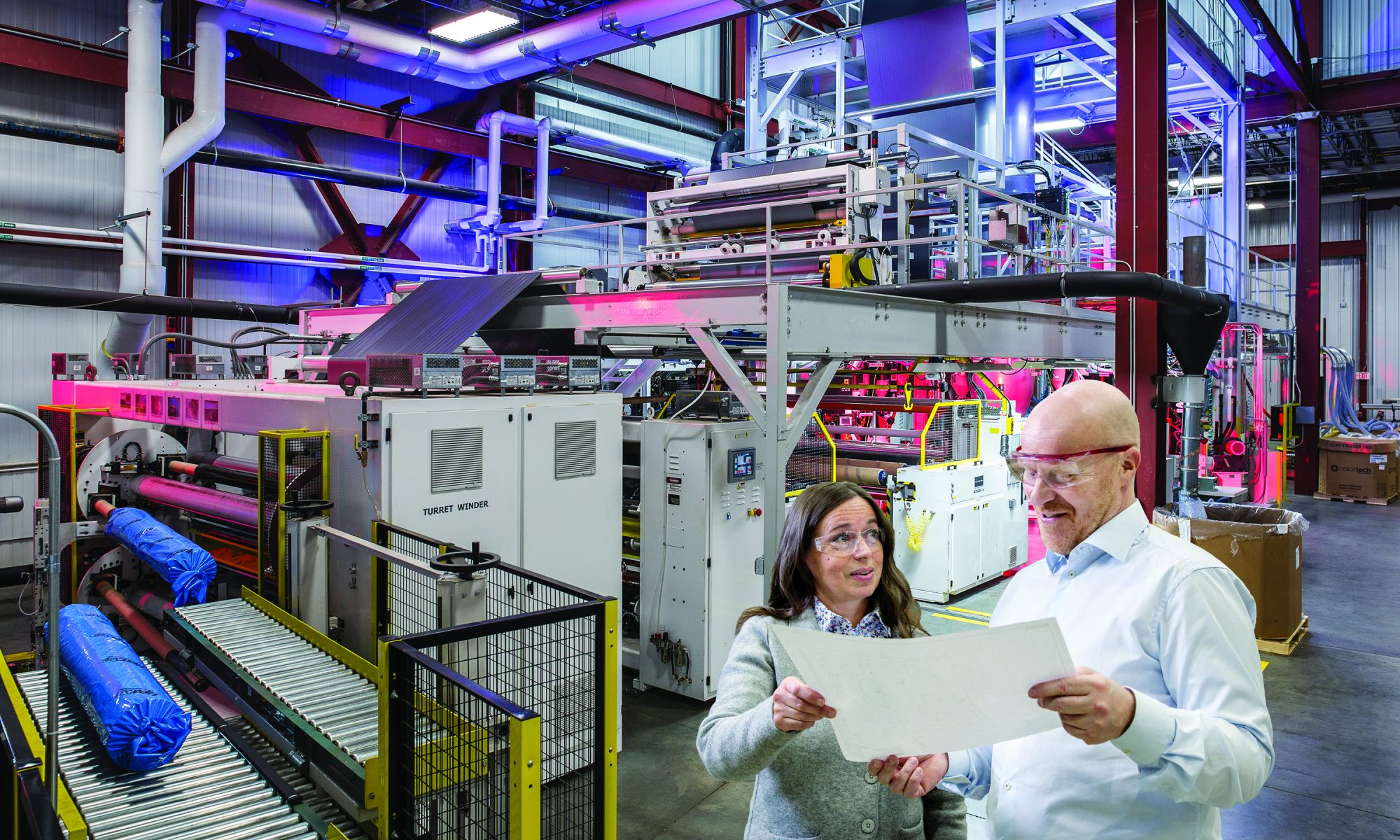
When it comes to substrate processing, consistent unwind splicing and winder transfers are paramount to quality and profitability. Inefficiencies in this process are one of the most significant sources of scrap, downtime and lost production. Even worse, each time a transfer is missed, the line stops and must be re-threaded, typically taking an hour or more to get back on track.
When it’s all said and done, the associated costs are a losing proposition. You have direct product expenses and product sales value losses; downtime losses for labor; and the costs associated with rethreading, including labor and product waste via threading scrap and speed-up scrap. Then there’s the big question. How often do we miss a splice or fail on a winder transfer cut any given week? Frequency adds up quickly! We want you to avoid this, which is why this blog outline strategies for smarter splices and transfers.
As with all smart factory solutions, a set of advanced sensors and control programs that monitor real-time data of critical parameters and key performance indicators (KPI) while providing predictive analytics and alerts is important. By taking early action, not only can you reduce downtime, but you have valuable data that will help you improve the process.
An integrated solution that is accessible from existing displays with a proprietary combination of sensors, programming logic and automatic image recording systems is a good way to go. In addition to the benefits of minimizing downtime, this technology serves as an excellent training and teaching tool for new operators. They can observe critical transfer elements in motion, promoting efficiency and long-term sustainability for quality processes.
It’s important to understand the splice sequence. Unwind splicing occurs as follows:
Step 1:

Step 2:

Step 3:

Step 4:

Step 5:

Step 6:

Step 7:

Now that you have a visual of the process, what are the KPI variables for advanced monitoring? They are as follows:
1. Online roundness measurement
The purpose of this is to prevent out-of-round rolls from causing failures during the splice sequence. A set of sensors and data analysis tools measure the differences in the diameter of the incoming roll. An alarm allows the operator to continue or cancel the rolls change well before the splice sequence begins.
2. Degradation monitoring of paster and knife fire timing
Proximity sensors monitor the knife and paster system timing after every roll change. The operator is notified if the sampled timing is out of the working range. A comparative data analysis tool uses knife fire and paster timing data to continuously confirm acceptable performance and prevent missed splices.
3. Degradation monitoring of paster and knife fire pressure
By utilizing pressure transducers, the knife and paster system are monitored before every roll change. The operator is notified if the pressures are out of the working range. A comparative data analysis tool confirms pressure feedback and degradation alarms.
In addition to sensors, integrated video capture system hardware is advantageous. Video is available with high-intensity lighting, dedicated video capture hardware, a high-frame capability for capturing the line speed sequence and can be mounted in one location or on magnets for mobility. A software viewer permits viewing modes, such as forward or reverse. Processors can customize video options as desired.
Davis-Standard is equipped to support you with these solutions. Our goal is to provide tools that will help prevent missed splices, assure transfer reliability and improve running time. Do not hesitate to contact us if you are interested in talking about options to provide the unwind and winder assurance you need.
And if you need emergency service, contact our service team at (844 MYDAVIS).
For any other questions, e-mail marketing. Stay safe and healthy!
Cheers,
The D-S Connect Blog Team
